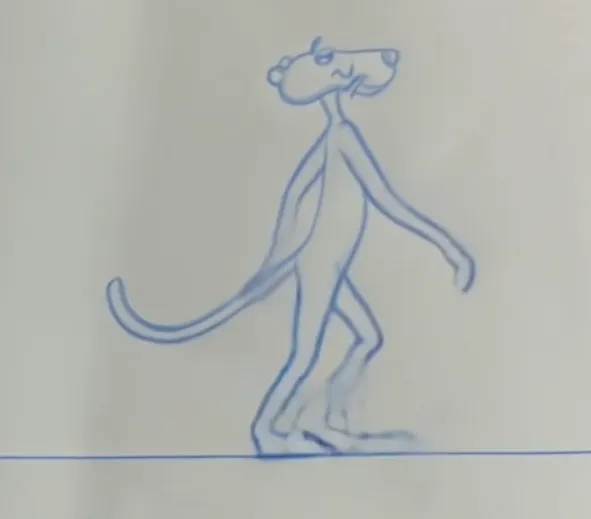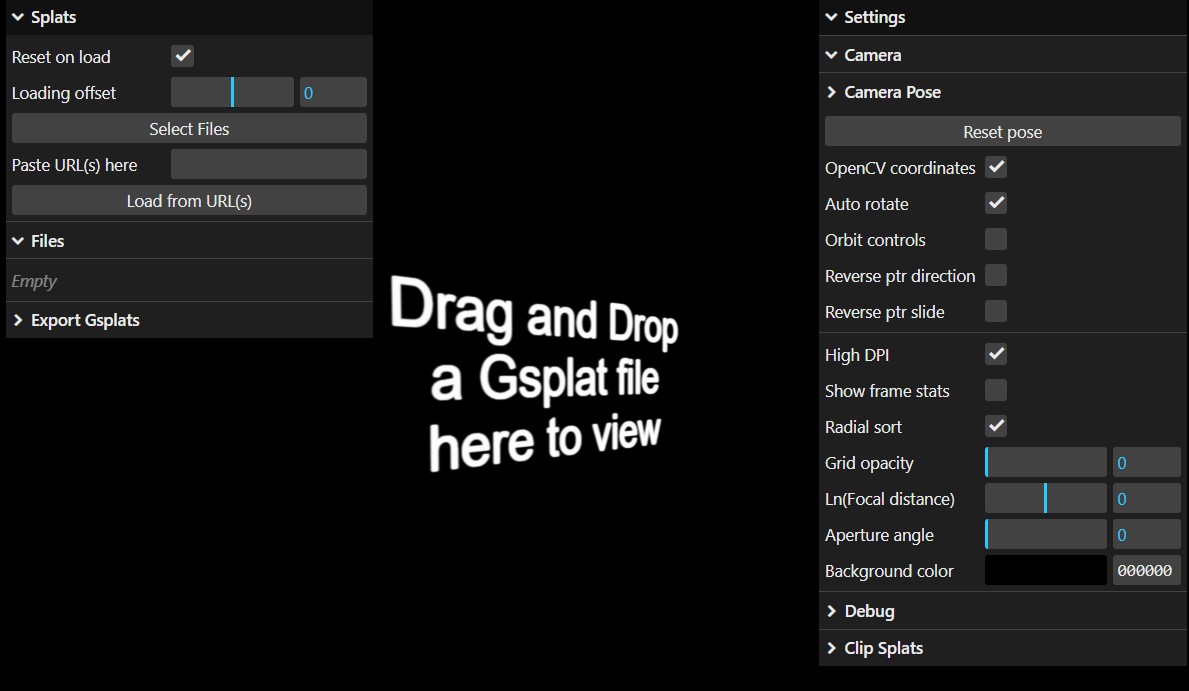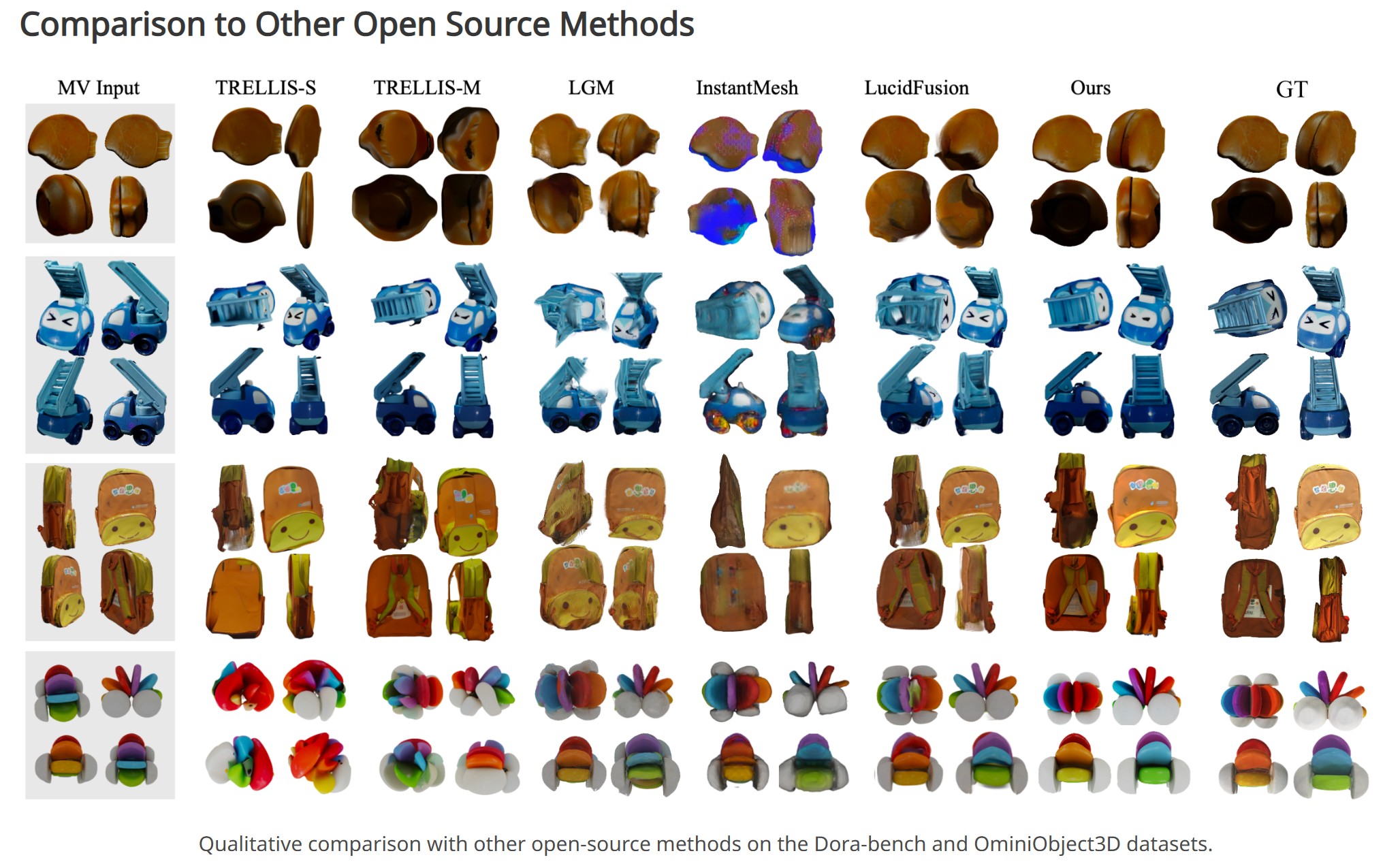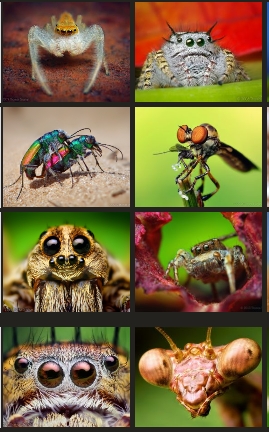BREAKING NEWS
LATEST POSTS
-
ByteDance Seedream 4.0 – Super‑fast, 4K, multi image support
https://seed.bytedance.com/en/seedream4_0
➤ Super‑fast, high‑resolution results : resolutions up to 4K, producing a 2K image in less than 1.8 seconds, all while maintining sharpness and realism.
➤ At 4K, cost as low as 0.03 $ per generation.
➤ Natural‑language editing – You can instruct the model to “remove the people in the background,” “add a helmet” or “replace this with that,” and it executes without needing complicated prompts.
➤ Multi‑image input and output – It can combine multiple images, transfer styles and produce storyboards or series with consistent characters and themes.
-
OpenAI Backs Critterz, an AI-Made Animated Feature Film
https://www.wsj.com/tech/ai/openai-backs-ai-made-animated-feature-film-389f70b0
Film, called ‘Critterz,’ aims to debut at Cannes Film Festival and will leverage startup’s AI tools and resources.
“Critterz,” about forest creatures who go on an adventure after their village is disrupted by a stranger, is the brainchild of Chad Nelson, a creative specialist at OpenAI. Nelson started sketching out the characters three years ago while trying to make a short film with what was then OpenAI’s new DALL-E image-generation tool.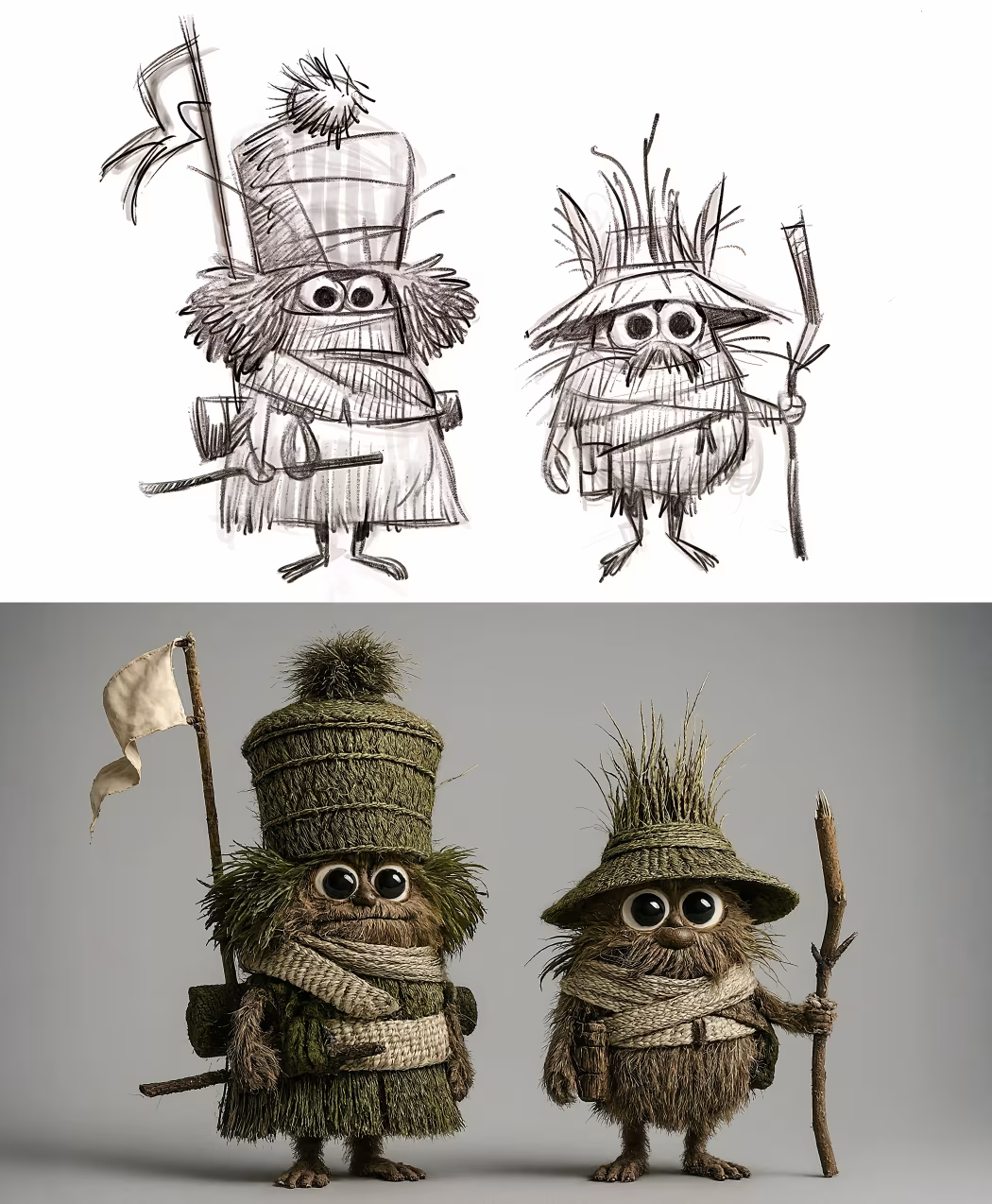
-
AI and the Law: Anthropic to Pay $1.5 Billion to Settle Book Piracy Class Action Lawsuit
https://variety.com/2025/digital/news/anthropic-class-action-settlement-billion-1236509571
The settlement amounts to about $3,000 per book and is believed to be the largest ever recovery in a U.S. copyright case, according to the plaintiffs’ attorneys.
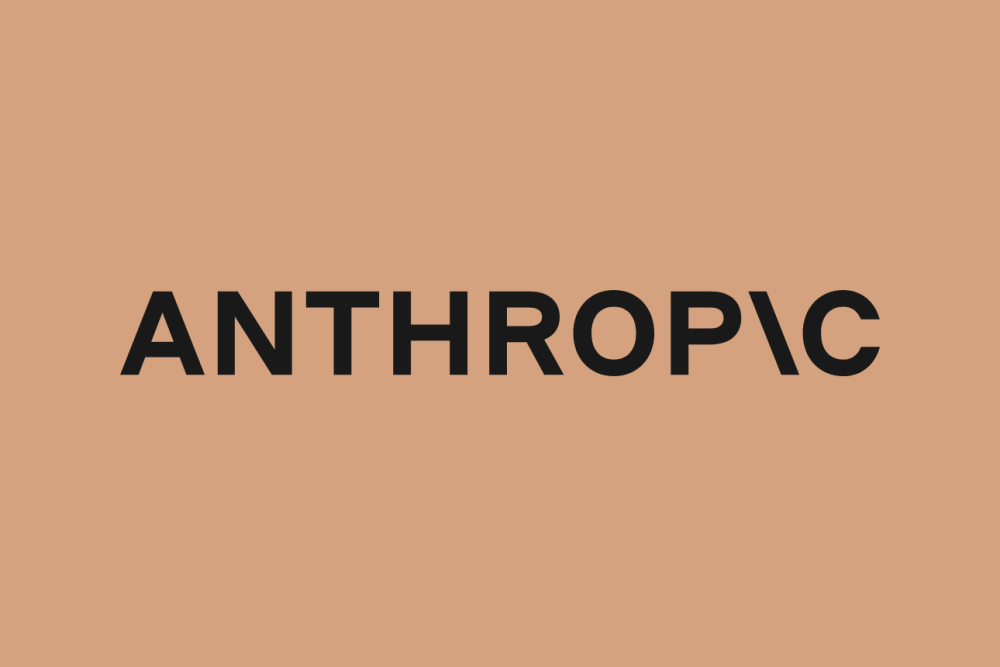
-
Sir Peter Jackson’s Wētā FX records $140m loss in two years, amid staff layoffs
https://www.thepost.co.nz/business/360813799/weta-fx-posts-59m-loss-amid-industry-headwinds
Wētā FX, Sir Peter Jackson’s largest business has posted a $59.3 million loss for the year to March 31, an improvement on an $83m loss last year.

-
ComfyUI Thinkbox Deadline plugin
Submit ComfyUI workflows to Thinkbox Deadline render farm.
Features
- Submit ComfyUI workflows directly to Deadline
- Batch rendering with seed variation
- Real-time progress monitoring via Deadline Monitor
- Configurable pools, groups, and priorities
https://github.com/doubletwisted/ComfyUI-Deadline-Plugin
https://docs.thinkboxsoftware.com/products/deadline/latest/1_User%20Manual/manual/overview.html
Deadline 10 is a cross-platform render farm management tool for Windows, Linux, and macOS. It gives users control of their rendering resources and can be used on-premises, in the cloud, or both. It handles asset syncing to the cloud, manages data transfers, and supports tagging for cost tracking purposes.
Deadline 10’s Remote Connection Server allows for communication over HTTPS, improving performance and scalability. Where supported, users can use usage-based licensing to supplement their existing fixed pool of software licenses when rendering through Deadline 10.

-
Google’s Nano Banana AI: Free Tool for 3D Architecture Models
https://landscapearchitecture.store/blogs/news/nano-banana-ai-free-tool-for-3d-architecture-models

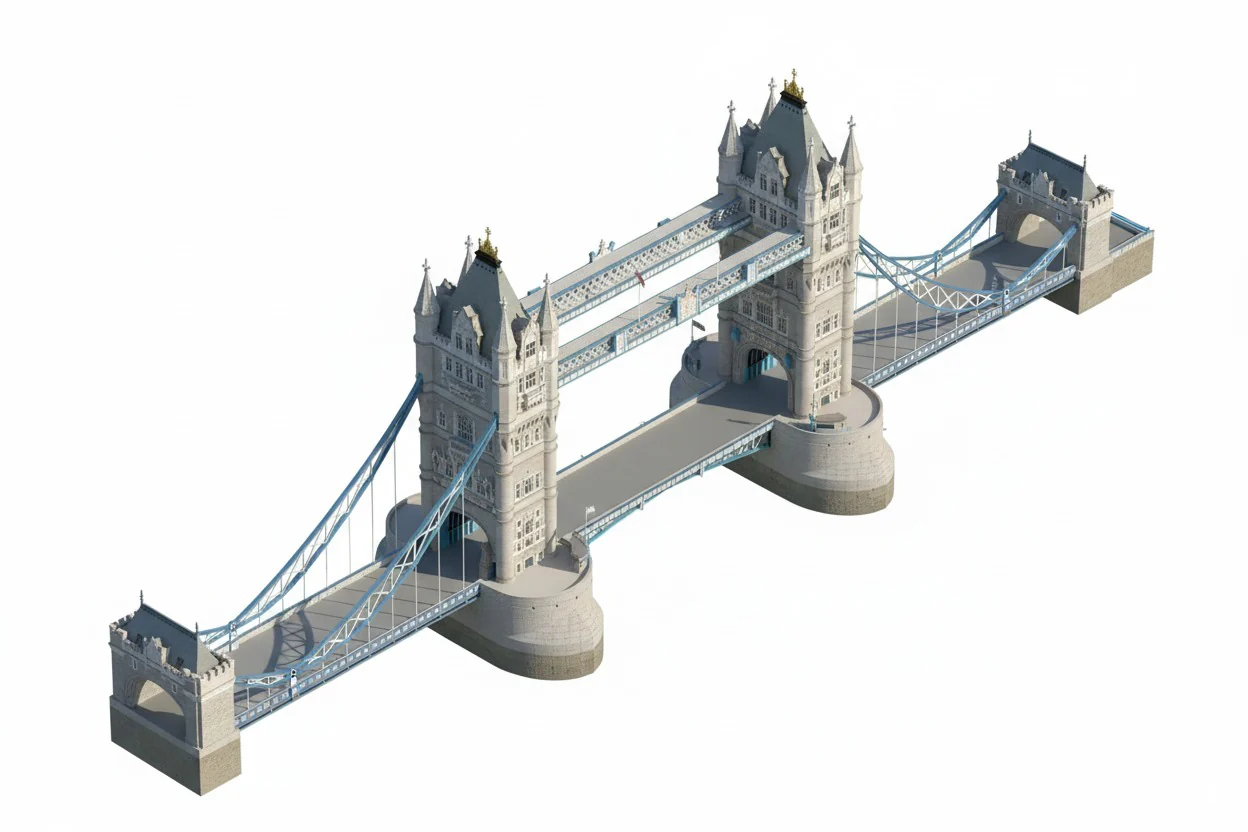
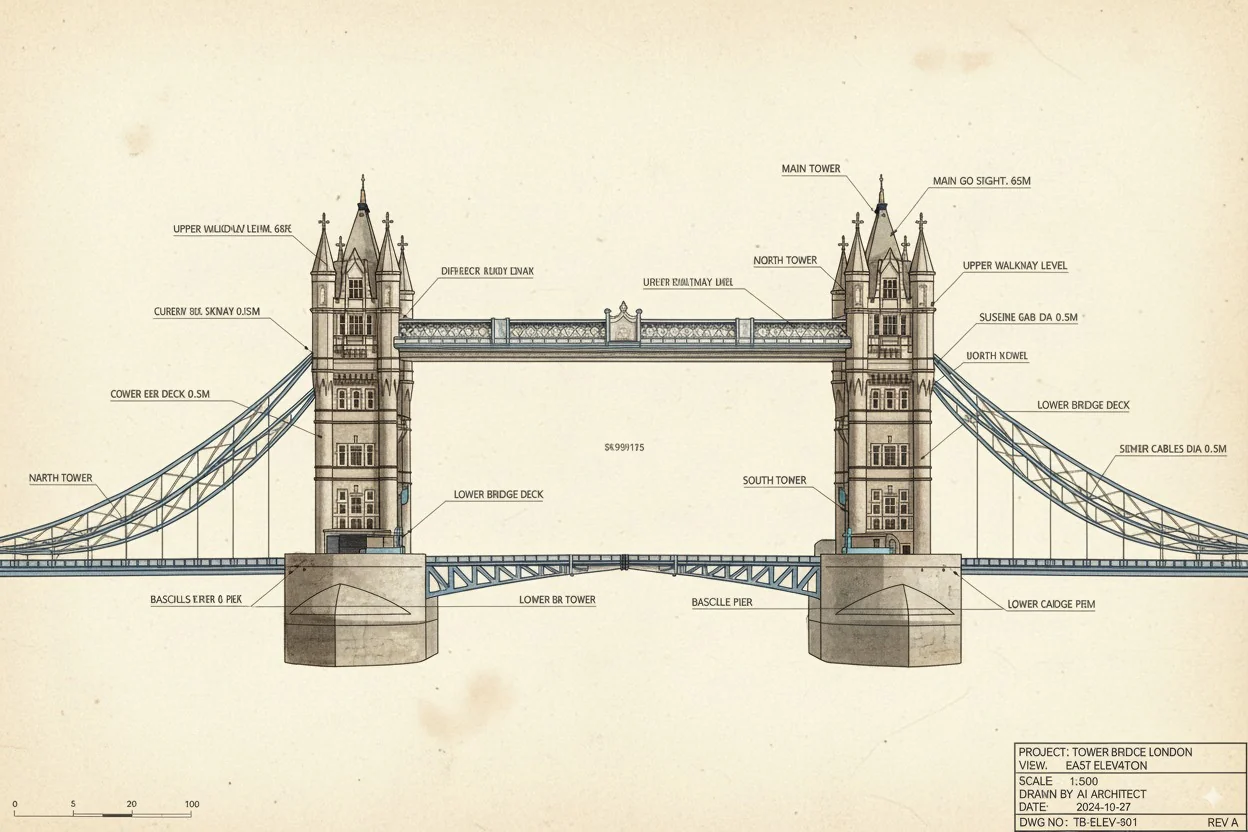
How to Use Nano Banana AI for Architecture- Go to Google AI Studio.
- Log in with your Gmail and select Gemini 2.5 (Nano Banana).
- Upload a photo — either from your laptop or a Google Street View screenshot.
- Paste this example prompt:
“Use the provided architectural photo as reference. Generate a high-fidelity 3D building model in the look of a 3D-printed architecture model.” - Wait a few seconds, and your 3D architecture model will be ready.
Pro tip: If you want more accuracy, upload two images — a street photo for the facade and an aerial view for the roof/top.
-
Blender 4.5 switches from OpenGL to Vulkan support
Blender is switching from OpenGL to Vulkan as its default graphics backend, starting significantly with Blender 4.5, to achieve better performance and prepare for future features like real-time ray tracing and global illumination. To enable this switch, go to Edit > Preferences > System and set the “Backend” option to “Vulkan,” then restart Blender. This change offers substantial benefits, including faster startup times, improved viewport responsiveness, and more efficient handling of complex scenes by better utilizing your CPU and GPU resources.
Why the Switch to Vulkan?
- Modern Graphics API: Vulkan is a newer, lower-level, and more efficient API that provides developers with greater control over hardware, unlike the older, higher-level OpenGL.
- Performance Boost: This change significantly improves performance in various areas, such as viewport rendering, material loading, and overall UI responsiveness, especially in complex scenes with many textures.
- Better Resource Utilization: Vulkan distributes work more effectively across the CPU and reduces driver overhead, allowing Blender to make better use of your computer’s power.
- Future-Proofing: The Vulkan backend paves the way for advanced features like real-time ray tracing and global illumination in future versions of Blender.
FEATURED POSTS
-
AI and the Law – Why The New York Times might win its copyright lawsuit against OpenAI

Daniel Jeffries wrote:
“Trying to get everyone to license training data is not going to work because that’s not what copyright is about,” Jeffries wrote. “Copyright law is about preventing people from producing exact copies or near exact copies of content and posting it for commercial gain. Period. Anyone who tells you otherwise is lying or simply does not understand how copyright works.”
The AI community is full of people who understand how models work and what they’re capable of, and who are working to improve their systems so that the outputs aren’t full of regurgitated inputs. Google won the Google Books case because it could explain both of these persuasively to judges. But the history of technology law is littered with the remains of companies that were less successful in getting judges to see things their way.
-
Zibra.AI – Real-Time Volumetric Effects in Virtual Production. Now free for Indies!

A New Era for Volumetrics
For a long time, volumetric visual effects were viable only in high-end offline VFX workflows. Large data footprints and poor real-time rendering performance limited their use: most teams simply avoided volumetrics altogether. It’s similar to the early days of online video: limited computational power and low network bandwidth made video content hard to share or stream. Today, of course, we can’t imagine the internet without it, and we believe volumetrics are on a similar path.
With advanced data compression and real-time, GPU-driven decompression, anyone can now bring CGI-class visual effects into Unreal Engine.
From now on, it’s completely free for individual creators!
What it means for you?
(more…)
-
Rec-2020 – TVs new color gamut standard used by Dolby Vision?
https://www.hdrsoft.com/resources/dri.html#bit-depth

The dynamic range is a ratio between the maximum and minimum values of a physical measurement. Its definition depends on what the dynamic range refers to.
For a scene: Dynamic range is the ratio between the brightest and darkest parts of the scene.
For a camera: Dynamic range is the ratio of saturation to noise. More specifically, the ratio of the intensity that just saturates the camera to the intensity that just lifts the camera response one standard deviation above camera noise.
For a display: Dynamic range is the ratio between the maximum and minimum intensities emitted from the screen.
The Dynamic Range of real-world scenes can be quite high — ratios of 100,000:1 are common in the natural world. An HDR (High Dynamic Range) image stores pixel values that span the whole tonal range of real-world scenes. Therefore, an HDR image is encoded in a format that allows the largest range of values, e.g. floating-point values stored with 32 bits per color channel. Another characteristics of an HDR image is that it stores linear values. This means that the value of a pixel from an HDR image is proportional to the amount of light measured by the camera.
For TVs HDR is great, but it’s not the only new TV feature worth discussing.
(more…)
-
PBR Color Reference List for Materials – by Grzegorz Baran
“The list should be helpful for every material artist who work on PBR materials as it contains over 200 color values measured with PCE-RGB2 1002 Color Spectrometer device and presented in linear and sRGB (2.2) gamma space.
All color values, HUE and Saturation in this list come from measurements taken with PCE-RGB2 1002 Color Spectrometer device and are presented in linear and sRGB (2.2) gamma space (more info at the end of this video) I calculated Relative Luminance and Luminance values based on captured color using my own equation which takes color based luminance perception into consideration. Bare in mind that there is no ‘one’ color per substance as nothing in nature is even 100% uniform and any value in +/-10% range from these should be considered as correct one. Therefore this list should be always considered as a color reference for material’s albedos, not ulitimate and absolute truth.“





